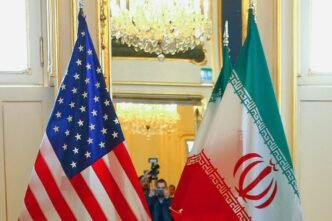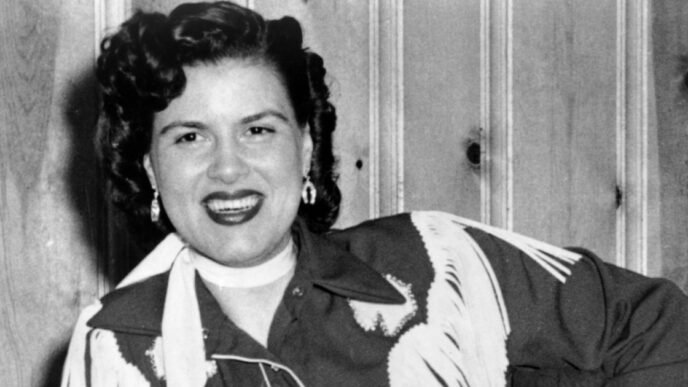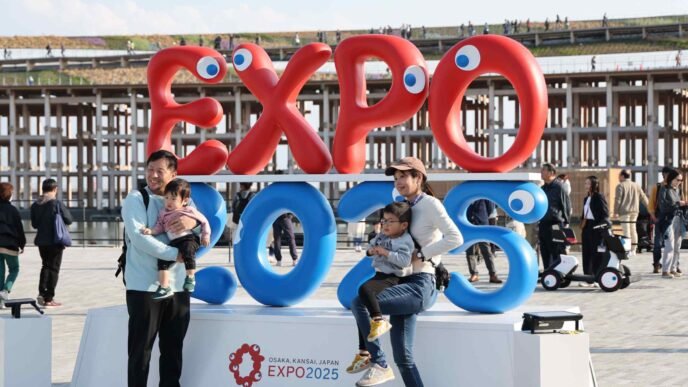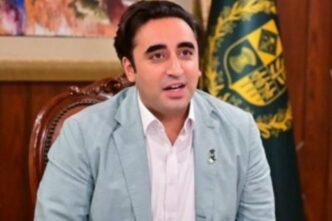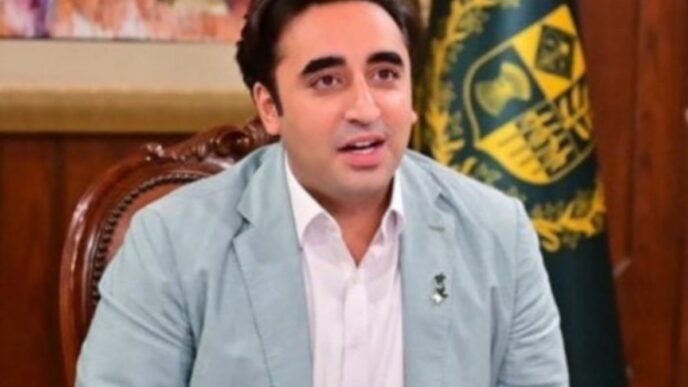Iran and US begin discussions in Oman amid regional tensions
Iran and the United States have started high-level talks in Oman, hoping to restart negotiations over Iran’s rapidly growing nuclear program. The talks come amid threats from US President Donald Trump, who has warned of possible milit action if no deal is reached.
Iran’s delegation is led by Foreign Minister Abbas Araqchi, while Trump’s Middle East envoy, Steve Witkoff, represents the US, the two sides aren’t meeting face-to-face. Instead, they’re communicating indirectly through Oman’s foreign minister, with each side staying in separate rooms.
Iran is cautious about the talks, unsure if they will lead anywhere and mistrustful of Trump, who has often threatened to attack Iran if it doesn’t stop enriching uranium. Although both sides have expressed hope for progress, they still disagree on many issues—including whether to hold direct talks, which Trump wants but Iran opposes.
Before the talks began, Araqchi met with Oman’s foreign minister to share Iran’s main positions. This is the first time Iran has engaged in talks with Trump since his first term as president from 2017 to 2021.
Any progress could help ease tensions in a Middle East already shaken by conflicts in Gaza, Lebanon, and Syria, missile exchanges between Iran and Israel, and attacks on Red Sea shipping by Yemen’s Houthis. But if the talks fail, the risk of a larger regional war grows—especially since Iran has warned neighboring countries with U.S. bases that they could face serious consequences in case of a U.S. attack.
Araqchi said there could be a path forward if the U.S. treats Iran as an equal, but it’s too early to tell how long the talks will last. This first meeting is meant to figure out if both sides are serious about moving forward.
According to reports, Iran’s Supreme Leader Ayatollah Ali Khamenei has given Araqchi full authority for the discussions. However, Iran has made it clear it won’t discuss its defense programs, including its missiles.
